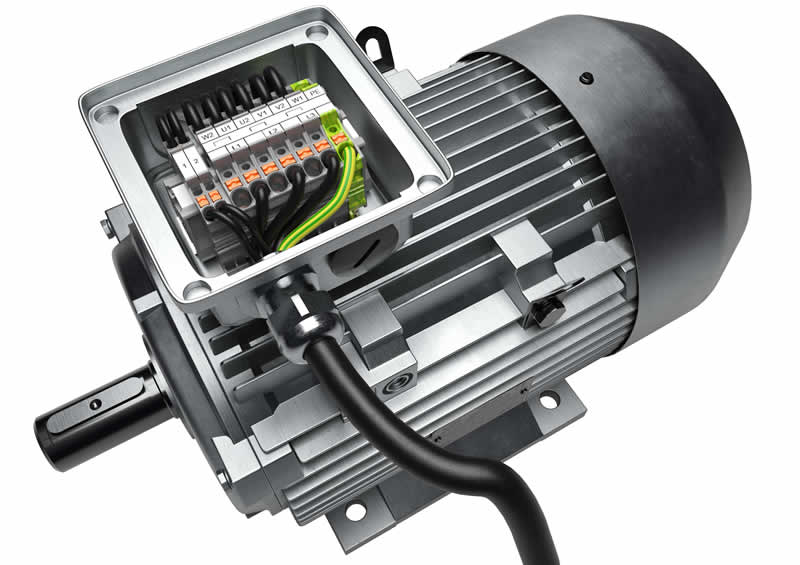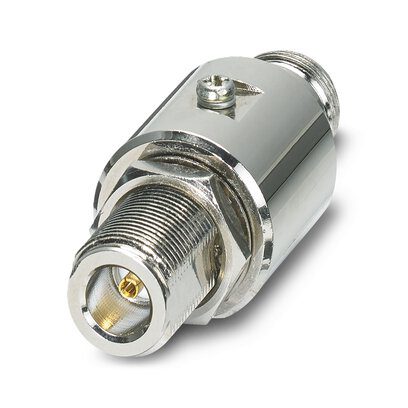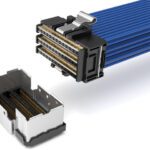What are ATEX-, Ex-, and IECEx-approved connectors?
Meet the Connector: ATEX-, Ex-, and IECEx-approved connectors
ATEX-, Ex-, and IECEx-approved connectors are connectivity products that have met the guidelines of specific regional directives on health and safety for highly hazardous, explosive operating environments. These products have been certified by the corresponding regulatory bodies to ensure performance under the specified conditions.
ATEX-approved connectors are used in applications and industries where there is a risk of explosive atmospheres, such as oil & gas, chemical processing, mining, and manufacturing. These connectors are specifically engineered to minimize the risk of ignition in hazardous environments where flammable gases, vapors, or combustible dusts may be present.
ATEX (Atmosphères Explosibles) is a European Union directive that outlines the requirements for equipment used in potentially explosive atmospheres. ATEX-approved interconnects, also known as ATEX-certified connectors or ATEX-rated connectors, are interconnect devices designed and certified to meet the ATEX directive’s standards for use in explosive atmospheres.
EX-approved connectors are approved for use in potentially explosive atmospheres. The term “EX” is derived from the Latin word “explosio,” meaning explosion. EX-approved equipment is designed and certified to meet specific safety standards and regulations for use in hazardous environments where there is a risk of explosion.
The U.S. equivalent certification for hazardous locations is provided by UL, which classifies equipment for use in different hazardous locations and issues certifications accordingly. Equipment approved by UL for use in hazardous locations typically bears the “Class I, Division 1″ or “Class I, Division 2” marking, indicating the level of hazardous environment it can safely operate in.
IECEx-approved equipment meets approval under International Electrotechnical Commission System for Certification to Standards Relating to Equipment for Use in Explosive Atmospheres, an international certification system widely recognized in many countries. IECEx-approved interconnects adhere to international standards such as the IEC 60079 series, which covers equipment for explosive atmospheres.
In other regions, regionally specific certification bodies and standards may regulate the use of equipment in potentially explosive atmospheres.

Amphenol Industrial Operations offers a miniature, explosion-proof threaded connector specifically designed to allow a signal to pass through Zone rated areas using coax, fiber optic cables, or standard copper. The rugged Amphe-EX connectors are ATEX and IECex approved for Zone 1 rated applications.
Key Compliance Features
Compliance with standards for equipment for explosive atmospheres typically includes these key features:
- Protection from ignition: Connectors are designed to minimize the risk of sparking or creating arcs that could ignite flammable gases, vapors, or combustible dusts in the surrounding environment.
- Rugged and robust construction: Connectors should be highly ruggedized and feature durable and robust materials. Sturdy housings, non-corrosive materials, and integrated sealing mechanisms may be used to protect against the ingress of potentially explosive substances.
- Electrical insulation: Electrical insulation should be designed into compliant interconnects to prevent sparks or short circuits that could lead to explosions.
- Markings and documentation: Approved connectors should be marked with specific certification codes and symbols to indicate compliance with the relevant standards. Reputable suppliers provide documentation, including certificates and technical specifications, that verify their suitability for use in explosive atmospheres.

WAGO’s TOPJOB S Mini terminal block series includes a version for 12 AWG. This variant operates at up to 600V and 20 A and has UL 1059 approval as well as AEx, ATEX, and IECEx for hazardous locations.
Design Notes
Standardization: The exact certification and regulatory framework for interconnects used in potentially explosive environments varies by region and standards body.
Testing: To meet certification and achieve approvals for use in explosive atmospheres, equipment, including interconnects, undergoes rigorous testing and evaluation to ensure it meets specific safety requirements. These requirements may include design features to prevent ignition sources, resistance to dust or gas ingress, and temperature limitations, among others.
Marking: The certification process for assessing equipment’s suitability for different hazardous locations includes issuing the certifications to indicate compliance and providing approval for use of appropriate markings. When sourcing components, it is essential to verify that the necessary certifications are in place and markings are in place for the specific hazardous environment in which they will be used.
Please note that specific requirements and standards can vary depending on the type of hazardous environment and the location. It is essential to consider the specific needs of the intended application and specify connectors that meet the necessary standards and certifications for that context.

Phoenix Contact’s BAR-ANT-N-N-EX antenna barrier for control cabinet feed-through offers IP65 protection, and is suitable for barrier installation in Zone 2 / 22, plus antenna installation in dust and gas Ex area. This product has ATEX and IECEx approval.
Markets, Sectors, and Applications
Industrial, Test & Measurement, Medical, Military and Aerospace
Suppliers
AirBorn, Amphenol Industrial Products, Bulgin, Cinch Connectivity Solutions, HARTING, Molex, Phoenix Contact, TE Connectivity, WAGO, Weidmüller
Like this article? Check out our other Meet the Connector, High-Reliability Connectors, and our Industrial Market Page, and our 2022 and 2023 Article Archive.
Subscribe to our weekly e-newsletters, follow us on LinkedIn, Twitter, and Facebook, and check out our eBook archives for more applicable, expert-informed connectivity content.
- Meet the Connector: DIN Standard Connectors - April 16, 2024
- Software-Driven Radio Reinvigorates Old Technology - April 9, 2024
- What is a Busbar? - April 2, 2024





